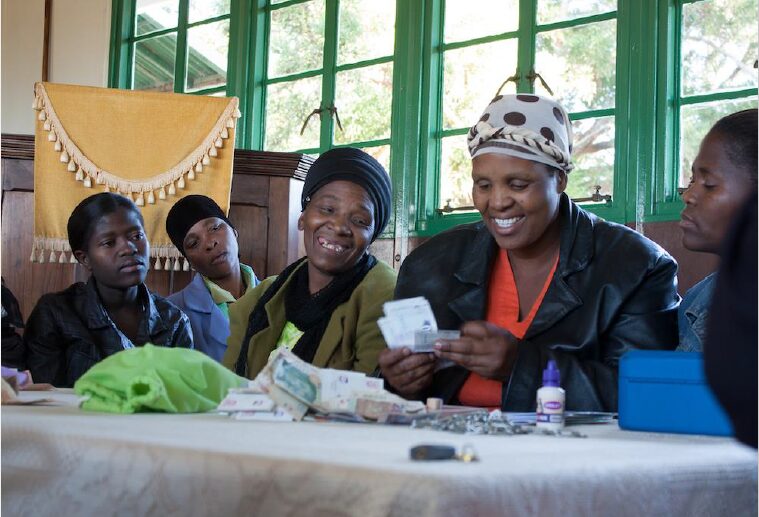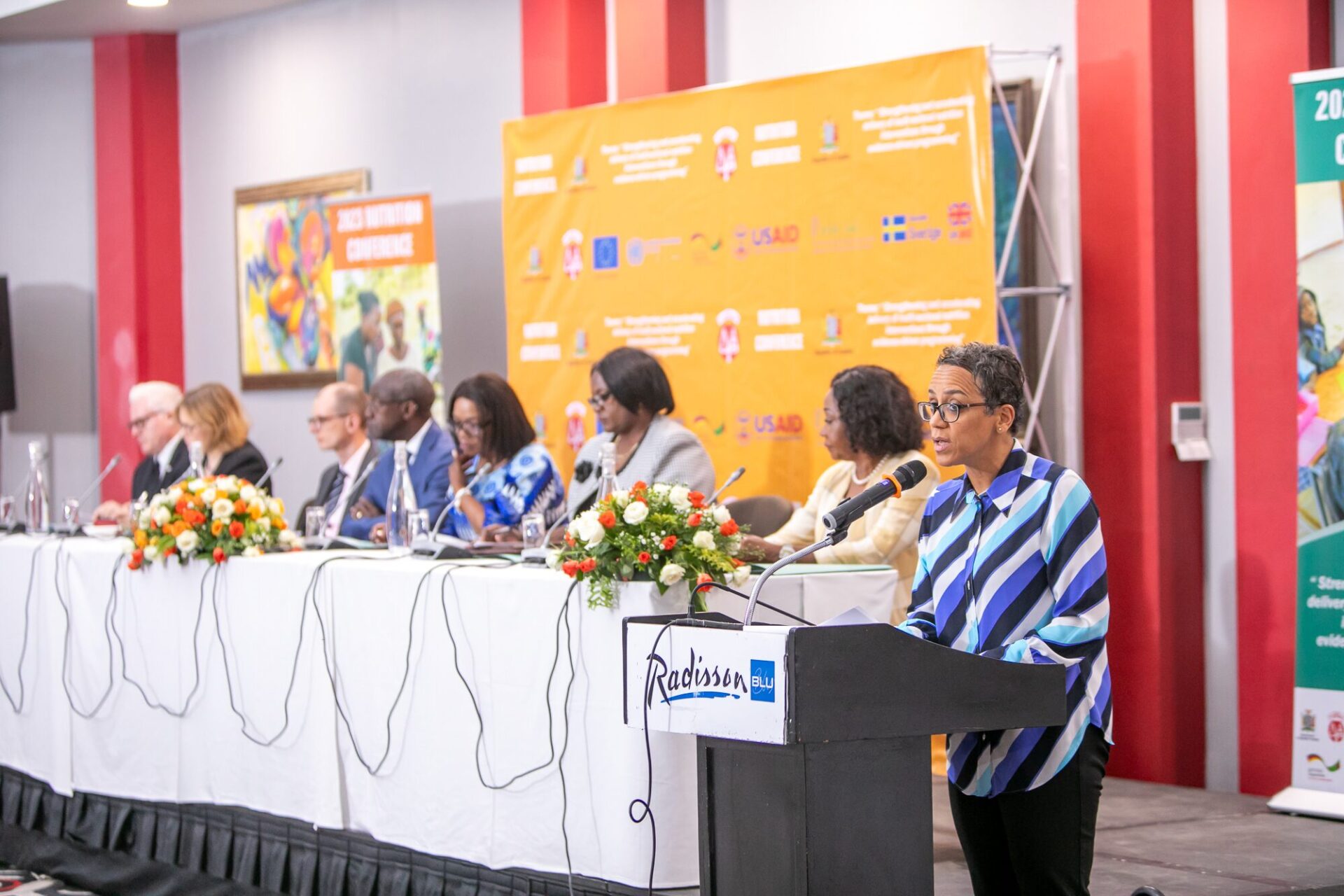By Mosangoaneng Leteane, edited by Nicola Theunissen

Mother tongue education remains one of the most contentious, yet equally important undertakings in post-apartheid South Africa. Over the years, the conversation has progressed from questioning the significance of mother tongue education, to how this can be achieved in fulfillment of a person’s constitutional right to education in the language of their choice. Khulisa’s first-of-its-kind reading benchmarking report will support this important process in South Africa’s education sector.
One of the technical challenges to democratizing home language education given the diversity and uniqueness of South African languages is to set benchmarks of assessment, which makes it difficult to monitor learning outcomes and progress.
As a solution, Khulisa developed a collaborative report to inform setting benchmarks for learners in English First Additional Language (EFAL), and Setswana Home Language (HL) in the foundation phases of schooling in South Africa.
Setting Reading Benchmarks in South Africa was one of the major projects under our recently awarded multi-million dollar USAID/Southern Africa Indefinite Delivery Indefinite Quantity (IDIQ) contract. Our fourth task order, Practical Education Research for Optimal Reading and Management: Analyze, Collaborate and Evaluate (PERFORMANCE), entailed data collection and analysis for the Early Grade Reading Study (EGRS), the Reading Support Project (RSP) and benchmarking.
In collaboration with our sub-contracted partners: the Research on Socio-Economic Policy (ReSEP), Research Triangle Institute (RTI) International, and Benita Williams Evaluation (BWE) – Khulisa will contribute to the body of research that will improve access to, and success in mother tongue education for South Africa.
The reading benchmarking report is the first of its kind and significant for the country’s basic education system in many ways. It collates and analyses previous and ongoing efforts to create benchmarks for Nguni and Sotho languages; and recommends strategies of intervention, and guidelines of best practice for implementation.
The report therefore serves as a strategic document for developing South African languages as mediums of instruction in the formative years of education, and potentially beyond.
What are reading benchmarks?
Benchmarks refer to standards of proficiency in an educational skill or domain. They can be set relative to the performance of other children (norm referenced), or using predetermined criteria based on what children are expected to know at their stage of education (criterion referenced).
Although the official languages of South Africa are not distributed equally across the population, it is important to establish benchmarks that are reliable and valid per the linguistic and orthographic features of each of the languages.
Currently, the same benchmarking framework that is used to assess English, is applied to the South African context. This means that crucial aspects of a local language which need to be mastered for proficiency could be overlooked, as methods of assessment and outcomes used are designed around the English language.
Benchmarking in South Africa: the status quo
The Early Grade Reading Assessment (EGRA) is the current model of assessment and has predetermined outcomes and methods of testing proficiency. According to the framework, a proficient reader is one who reads with fluency (accuracy, speed/rate and prosody) and comprehension. Benchmarking exercises typically focus on either one of these two. However, comprehension can be difficult to measure.
It is possible to assess a reader’s ability to read connected text and fully comprehend what is read directly, but it can be problematic to do so reliably in general and with the current EGRA instruments in particular. This problem remains when comprehension is used to benchmark other skills such as Oral Reading Fluency (ORF). Fluency then becomes the next best option as the reasonable indicator of overall reading proficiency. Significantly, most of the evidence in support of this claim comes from the English language. This highlights the importance of further work in non-English languages, and African languages in particular.

Evidence-based approach to support early-grade reading in other SA languages
Rigorous international research has provided robust evidence for profiling what successful reading English as a home language entails. Although this is helpful and has formed an integral point of departure, the differences in structure between the language groups within African languages, Afrikaans and English has necessitated a tailored approach to developing reading norms and benchmarks that are specific to each language, or at least to each language group.
One of the core aims of the benchmarking report is therefore to address this gap by providing research based expert guidance on how best to support early grade reading, especially for African languages. Additionally, it synthesises progress in local benchmarking efforts. The report will serve as a strategic reference document for benchmarking over the next few years.
Developed in collaboration with the Department of Education, ReSEP, RTI and experts in South Africa, the final report presents the context of the eleven official languages in South Africa, and outlines the similarities and differences of language structure (Southern Bantu languages of South Africa).
Aspects of phonology (sound system) and morphology (analyses of the structure of words and parts of words, such as stems, root words, prefixes, and suffixes) are particularly important as they have a direct impact on word length, and letter sound transparency for African languages.
Collectively, the corpus data highlights that there are differences in the length of words across languages which could affect speed and comprehension in a standard EGR assessment.

How can benchmarks be set in South Africa?
The strategic report explores and unpacks reading benchmarks pertaining to a range of competencies for example ORF, sound letter recognition, reading comprehension and reading accuracy.
By relying on previous and ongoing efforts from the Department of Basic Education and other public and private organizations and institutions, it details practice guidelines on the ideal process to guide future efforts of creating benchmarks.
It includes competency areas, methods, existing data sets and tools for each area. Based on current reading and benchmarking initiatives in the country, three strategies to develop contextual benchmarks are offered:
- Strategy 1: Analyse Existing Datasets (most inexpensive, but much of the data was not collected for the purpose of benchmarking)
- Strategy 2: Collect Prioritized Additional (Top Up Existing) Data (enhances and fills gaps for Strategy 1)
- Strategy 3: Collect Primary Data (most expensive and time consuming but fit for purpose)
Key elements for setting benchmarks are identified and discussed. To mention a few, practical guidelines explore costs, training, identifying stakeholders, consultation guidelines etc.
Without benchmarks which consider the uniqueness and complexity of each language or at least language groups, learners may continue to experience a literacy gap, thus impeding comprehension skills in later grades. According to the report, establishing contextual benchmarks enables the school to set targets and interventions when they are not met.
Overall, the comprehensive report guides future prioritization of setting benchmarks in South African languages. The national Language in Education Policy (LiEP) mandates the right for all citizens to receive an education in the language of their choice (that is, one of the 11 official languages). To achieve this, collaboration and stakeholder consultation are imperative values encouraged throughout the report.

How can benchmarks support improved early grade reading in South Africa?
By establishing benchmarks, School Management Teams (SMT’s) can provide an enabling environment for mastery of the language in the school. District departments can articulate realistic milestones to monitor appropriate achievement for each grade and school. The process of setting benchmarks allows education systems to articulate their definition of proficient reading. It can create greater awareness of early milestones in reading development and help teachers and schools ensure that most of their learners are reaching them, thereby minimizing the chances of literacy cracks and learning challenges later on. By establishing benchmarks and setting targets, schools can identify children who require additional support. This enables direct assessment of how many children are reading proficiently to reliably assess the general state of reading outcomes in the system.
At national and provincial level, knowing if benchmarks are being achieved provides essential data to inform language and literacy policy. Systemically, benchmarks can be used to evaluate existing programmes and studies such as Progress in International Reading and Literacy Study (PIRLS) and other EGRA’s.




[…] These reading benchmarks are a direct result of the work Khulisa and its partners did under Task Order 4 of the Practical Education Research for Optimal Reading and Management: Analyze, Collaborate, Evaluate (PERFORMANCE) contract for the U.S. Agency for International Development. Learn more about reading benchmarks and their importance in this 2020 Khulisa blog post. […]